Cold War-era bunkers give visitors a glimpse of the past
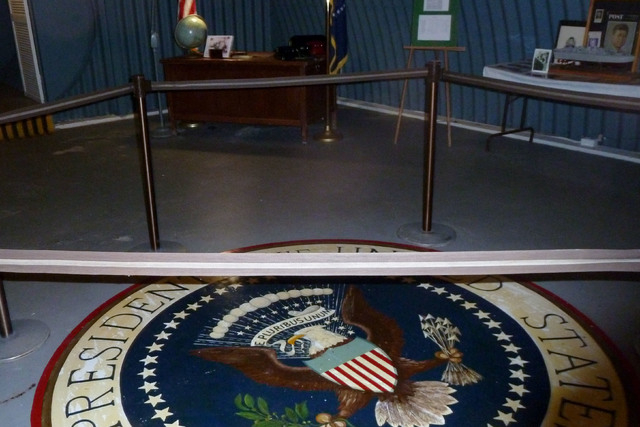
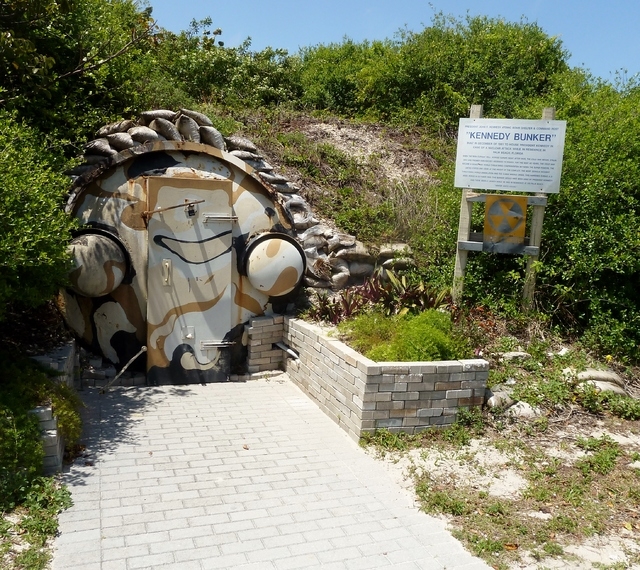
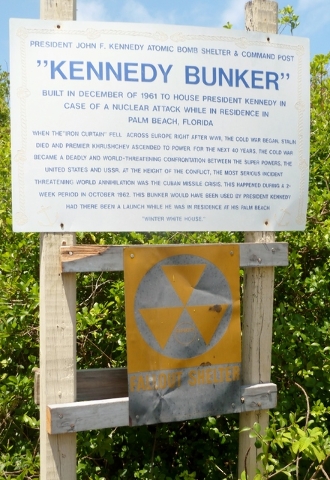
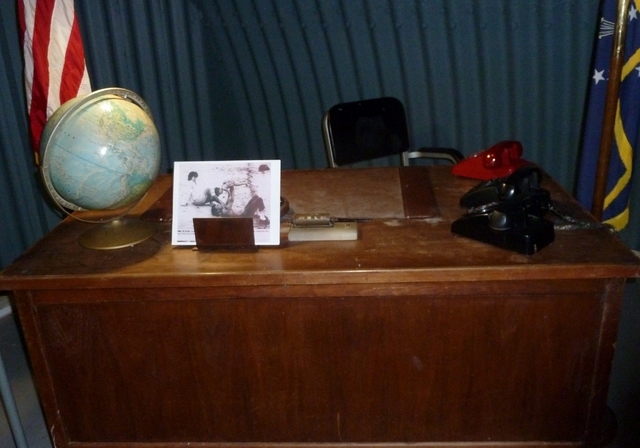
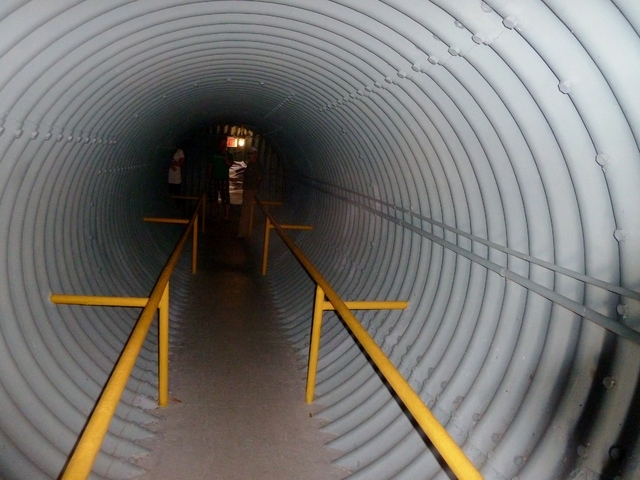
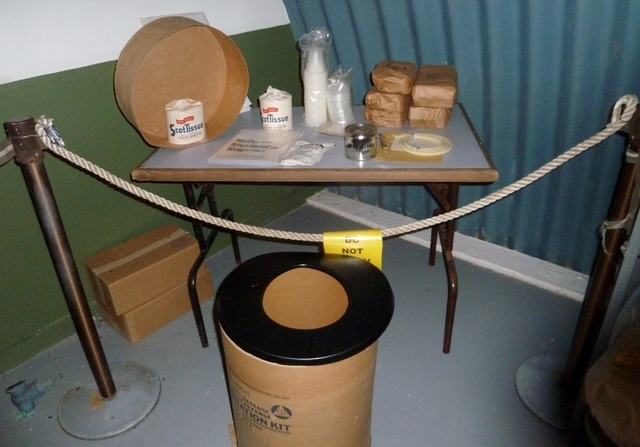
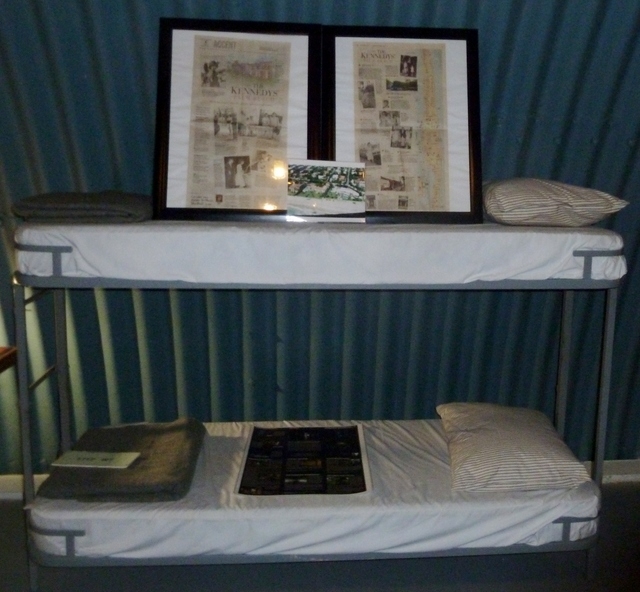
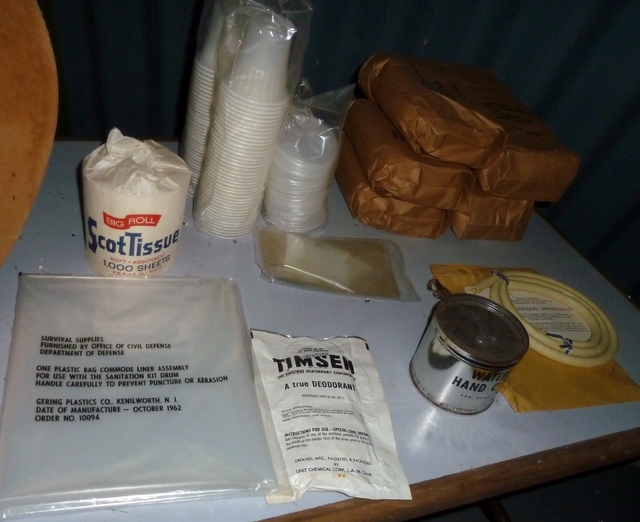
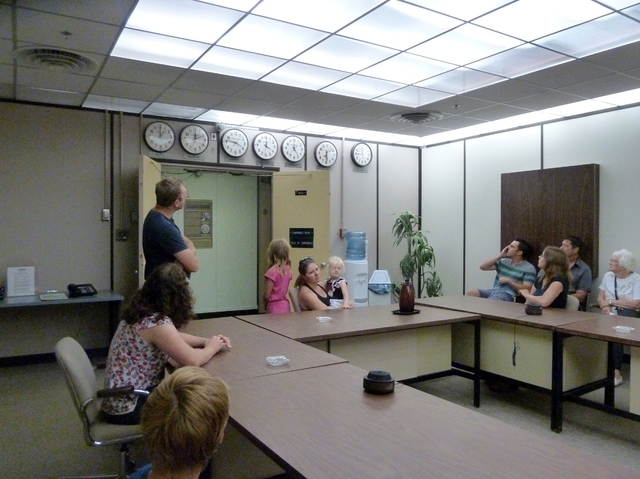
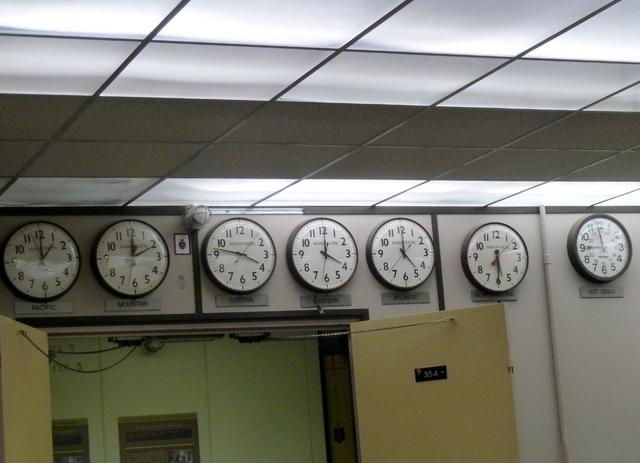
![]() Travel back in time to the iciest days of the Cold War. Elementary school students are watching “duck and cover” public service films in their classrooms and air raid siren tests pierce the Saturday morning quiet every week. Fallout shelter symbols are posted in every neighborhood.
Travel back in time to the iciest days of the Cold War. Elementary school students are watching “duck and cover” public service films in their classrooms and air raid siren tests pierce the Saturday morning quiet every week. Fallout shelter symbols are posted in every neighborhood.
In case the Reds decided to launch the big one, the United States president, of all people, needed to be protected. Because President John F. Kennedy often vacationed at his family home in Palm Beach, Florida, Navy Seabees, the Navy’s construction force, built a cozy, little bunker on nearby Peanut Island over the course of one week in December 1961.
And because Canada rested on U.S. borders, Canadians weren’t taking chances either. Between 1959 and 1961, during the administration of Prime Minister John Diefenbaker, a 100,000-foot subterranean security sanctuary was built 20 kilometers outside Ottawa, Ontario, Canada’s capital. It is now officially called Diefenbunker: Canada’s Cold War Museum.
While the Kennedy bunker has room for a small crowd, the Diefenbunker bunker could host a small village.
Today, the Kennedy bunker is a harmless tourist attraction and a reminder of a distant yet not-so-distant time. People tour it as part of the Palm Beach Maritime Museum. The first thing one notices is that unlike other such shelters, this one is not underground. It can’t be. Curator Ruth Pelletier explains, “We’re on an island. If you dig down 6 feet, you’ll hit water.”
The bunker is built into the side of a dirt and grass mound. Earth and layers upon layers of concrete and rebar cover the structure, and military camouflage colors are painted onto the entrance in order to keep the refuge hidden. An eerie tunnel pitched at a slight descent and reminiscent of a passage to a time warp in a science fiction B movie is the pathway to the temporary residence where up to 30 staff members could live for up to 30 days. The bunker was not meant for long-term residence. The president and his staff were to stay there until a submarine took them to a safer place.
The planner missed little in designing this steel and lead abode. A total of 15 bunk beds were for presidential staff members such as General Alexander Haig and Defense Secretary Robert McNamara and their families. There is a toilet, medical equipment and a dentist’s chair in case one suffered a malady or cracked a molar while hunkering down. Near a shower is a sign reading, “Radiation Check. Shower Before Entering.” On the floor is a brown barrel called a sanitation kit. Laid out on a table are items such a kit would have contained: 1,000-sheet rolls of ScotTissue; sheets of plastic “commode liners”; a package of Timsen, “a true deodorant” as it was called; and sanitary napkins, discretely covered in plain brown wrapping.
For sustenance, the temporary residents would have indulged in a tin stocked with survival crackers and unsullied water in a black barrel labeled, “Office of Civil Defense, Department of Defense, 17.5 gallons drinking water.” The barrel designers utilized Yankee ingenuity to the fullest. Instructions written on it suggest reuse as a commode.
There never was a nuclear strike, so the bunker was never used. Regardless, Pelletier has a cautionary message she hopes visitors will take with them as they leave. “Don’t let this happen again. We were so close to war [during the 1962 Cuban missile crisis] and so scared. We really thought Cuba would attack us. We are intelligent enough not to let this happen again.”
On the other hand, the Diefenbunker is bunker is massive, military and maze-like. Although the bunker was never used for its intended purpose, it was staffed 24/7 with up to 150 people from the day it opened until the day it was decommissioned in 1994.
The lowest floor, surrounded by cement walls, pummels one’s olfactory nerves with the aroma of an unfinished basement. Several rooms are spacious yet the place feels cold, sterile. It had to be sterile. As we entered an unembellished shower room, our guide stated that anyone who came in contact with radiation would immediately be ordered to undress and throw their clothes down a chute before showering – up to six times if necessary. If radiation wasn’t fully removed, it was off to isolation.
Walking through the Diefenbunker is evocative of touring a battleship. The rambling interior seems endless, and it has everything a person escaping nuclear fallout would need: a machine room, dining room, electronics room, medical center and commander’s quarters, for starters. In this case, the commander was Diefenbaker. His three-room suite consisted of his office, his secretary’s office and his bedroom/bath. He was given a single bed; there was no place for spouses here.
The dining area is all 1960s stainless steel with green linoleum flooring. Fresh food was delivered every Monday, and it was meant to feed 535 people for seven days. After a week, personnel were to rely on K-rations like any G.I. Joe. The freezer was to serve double duty as the bunker morgue. The deceased would have been stored alongside food in the walk-in freezer until the threat of radioactivity had subsided and the bodies were safe to remove.
A nearby floor-to-ceiling photograph of a river wending its way through a western Canadian forest covers a dining room wall. Our guide smiled and said, “It would show what Canada looked like before a nuclear war.” The purpose of the picture was to deter claustrophobia, although any feel of claustrophobia may arise not from room sizes but from being underground.
The only other rooms doctored with distracting colors are in the women’s quarters. The women stationed here in the early 1960s were mostly nurses and secretaries. Because it was felt that women were more susceptible to claustrophobia than men, the women’s rooms don coats of soothing powder blue and pink.
If you go …
What: The President John F. Kennedy Bunker
Where: Peanut Island, Florida
When: Thursday-Sunday, 11 a.m.-4 p.m.
How much: $14 for adults, $12 for seniors, $8 for students and children ages 5-17, free for children under 5
Phone: 561-848-2960
Web: pbmm.org
Also …
What: Diefenbunker: Canada’s Cold War Museum
Where: Ottawa, Ontario, Canada
When: Daily, 11 a.m.-4 p.m.
How much: $14 for adults, $13 for seniors, $10 for students, $8 for youths ages 6-18, free for children under 5
Phone: 613-839-0007Web: diefenbunker.ca












